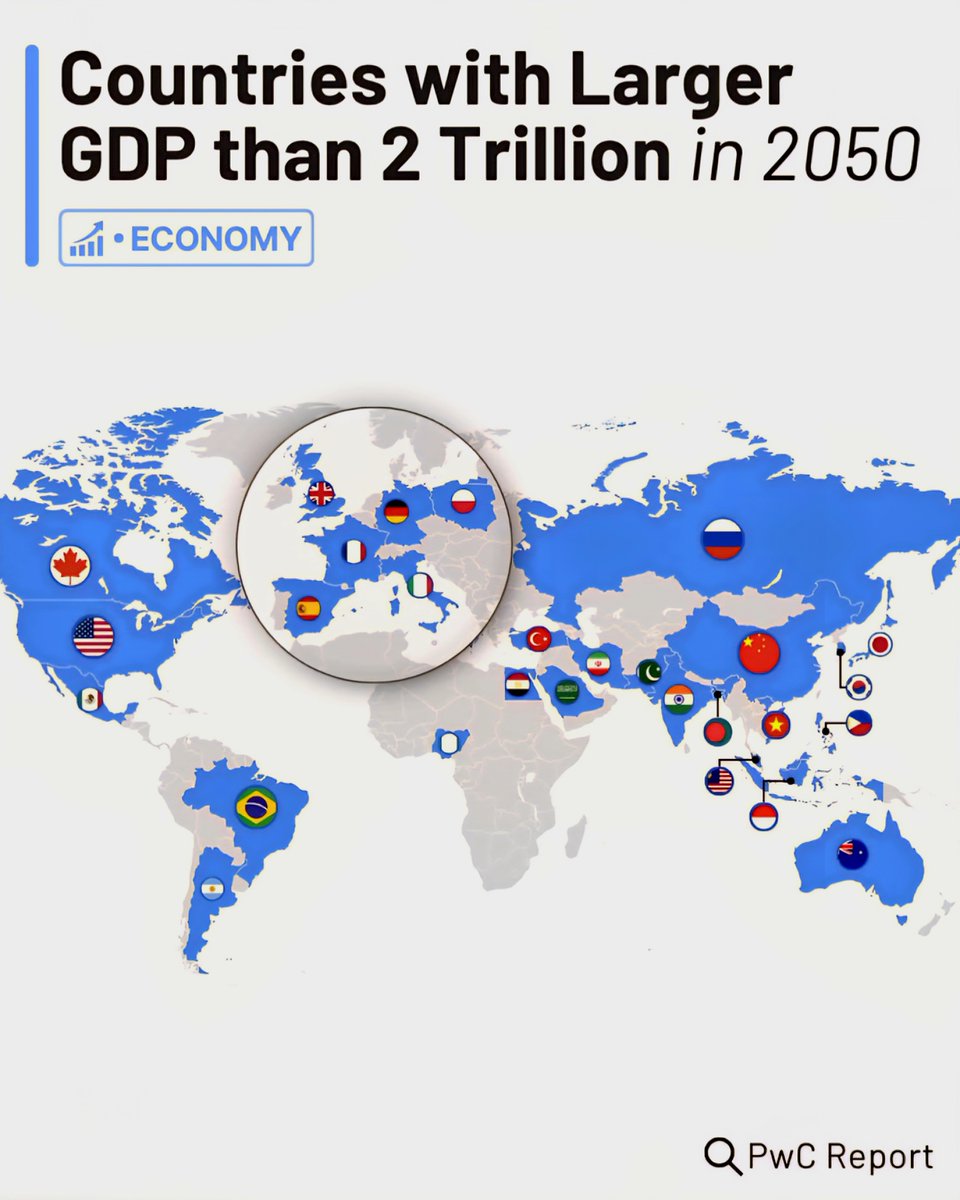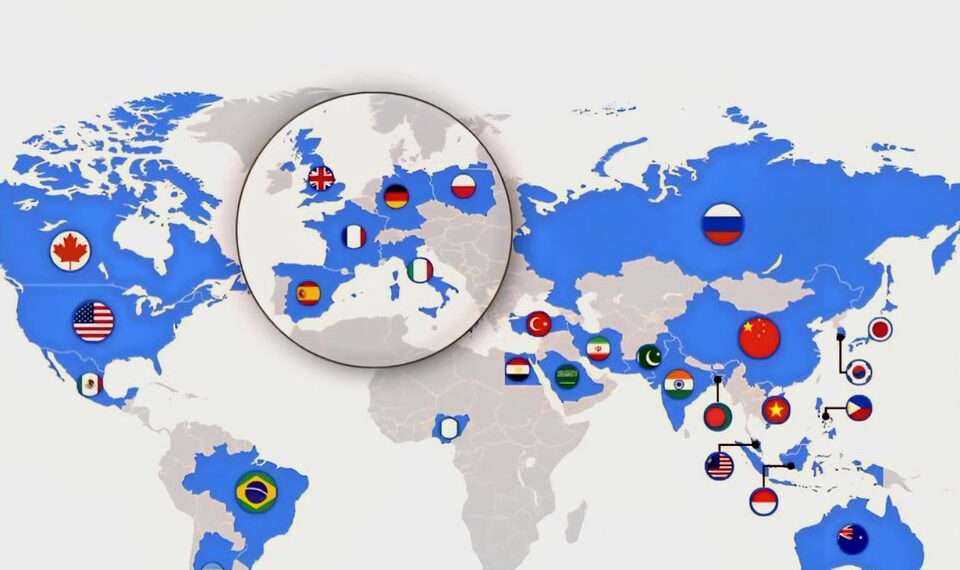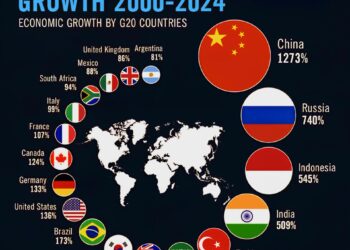Select Language:
Countries Expected to Surpass a $2 Trillion GDP by 2050

1. China: Maintaining Its Economic Dominance
China’s economy is projected to continue its rapid growth trajectory over the next few decades. By 2050, it is expected to have a GDP surpassing $25 trillion, far outpacing its current figures. The nation’s investments in technology, infrastructure, and digital innovation are key drivers behind this robust growth. With its large population, urbanization efforts, and government-led initiatives, China is poised to remain the world’s second-largest economy, playing a critical role in global economic stability and growth.
2. India: The Fastest Growing Major Economy
India’s economy is predicted to experience exponential growth, with estimates suggesting it will hit a GDP of over $20 trillion by 2050. The country’s demographic advantages, including a young and expanding workforce, are central to its economic ascension. Additionally, reforms in energy, technology, and manufacturing, along with significant investments in infrastructure, are fueling this growth. India’s expanding middle class and rising consumer market also contribute to its economic forecast, positioning it as a major global economic power.
3. United States: Sustaining Its Economic Power
While the U.S. economy’s growth rate is expected to slow slightly compared to past decades, it remains on track for a GDP exceeding $25 trillion by 2050. Continued innovation in technology, finance, and healthcare sectors will be instrumental in maintaining its economic strength. Moreover, sustained investments in infrastructure, research, and development are expected to keep the U.S. at the top of the economic hierarchy, although slower growth rates highlight increasing global competition.
4. Indonesia: Southeast Asia’s Economic Leader
Indonesia is emerging as a significant economic player in Southeast Asia, with forecasts suggesting its GDP will reach around $7 trillion by 2050. Rich in natural resources and benefiting from a growing digital economy, Indonesia’s strategic location and expanding manufacturing sector are accelerators for its growth. The country’s ongoing reforms and investments in infrastructure and human capital will be crucial in enabling it to climb the global economic ranks.
5. Nigeria: Africa’s Economic Powerhouse
Nigeria is projected to be one of Africa’s leading economies by 2050, with an expected GDP of approximately $3 trillion. Its abundant natural resources, especially in oil and natural gas, combined with a rapidly expanding population, support this optimistic outlook. Nigeria’s focus on diversifying its economy into technology, agriculture, and manufacturing sectors could further drive growth, positioning it as a key player on the continent and globally.
6. Brazil: South America’s Economic Contender
Brazil is set to surpass the $2 trillion mark in GDP by 2050, reinforcing its role as South America’s economic giant. Agricultural exports, combined with burgeoning technology and manufacturing industries, will underpin this growth. Continued political stability and investments in infrastructure and sustainability initiatives are expected to enhance Brazil’s economic prospects, making it a significant player in regional and global markets.
7. Mexico: The Coming Economic Powerhouse of North America
Mexico’s strategic location, robust manufacturing base, and expanding service industry are expected to propel its GDP past the $2 trillion threshold by 2050. Its trade relations, especially with the United States and Canada under agreements like USMCA, continue to bolster its economic development. Infrastructure upgrades and technological advancements will be essential for sustaining this growth trajectory.
Final Thoughts
As the global economic landscape shifts over the next few decades, these countries are poised to lead the charge with impressive GDP figures. Their growth will be driven by demographic trends, technological innovation, infrastructure investments, and strategic reforms. Understanding these emerging economic giants helps paint a picture of what the world economy might look like in 2050 — a landscape defined by vibrant, growing nations that will shape international markets for generations to come.







